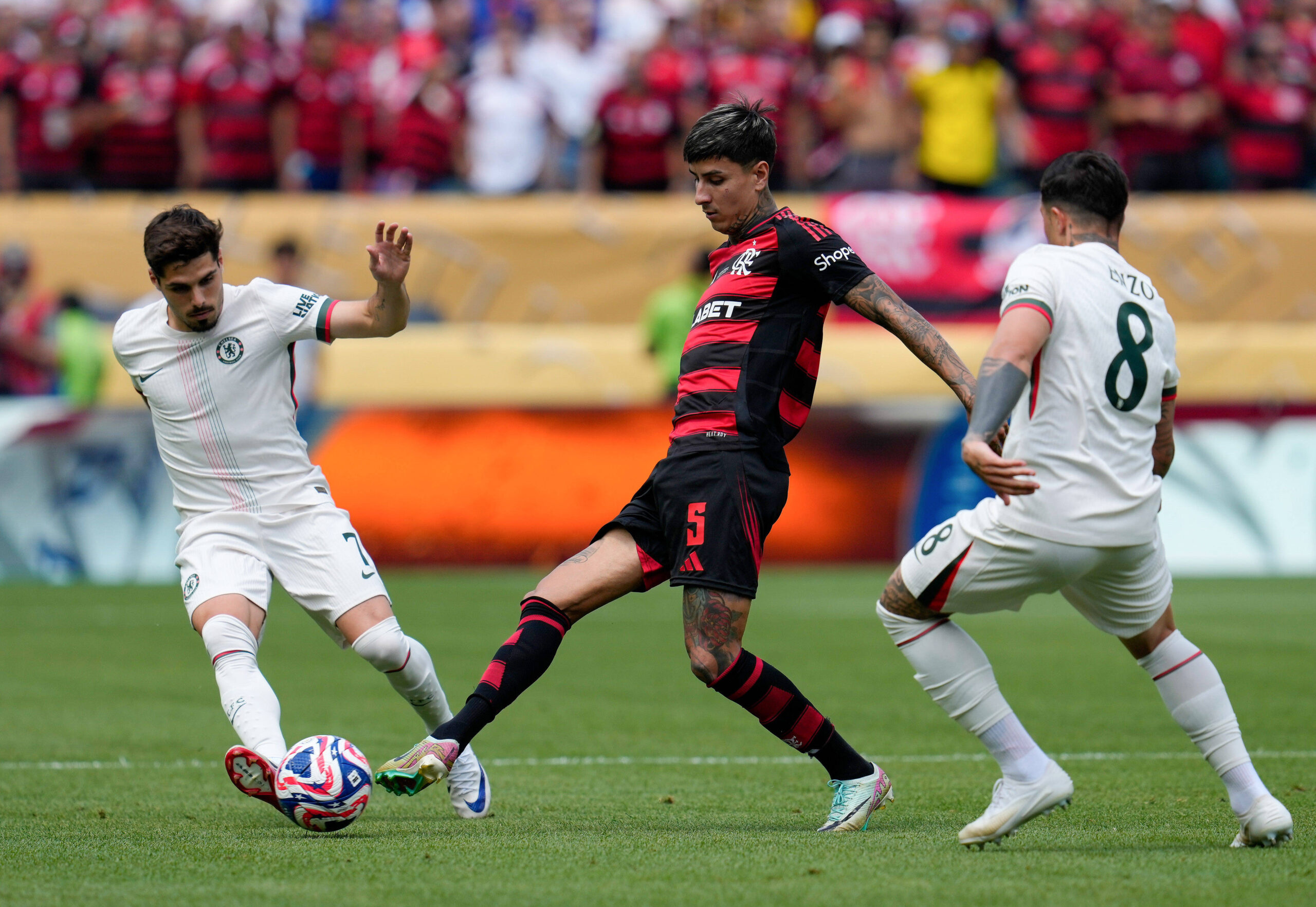Although I was too young to watch the original Captain Tsubasa in the 1980s, my parents hadn’t even met yet, the series has always stood out as a legendary title in football culture.
For this retrospective, I turned to the 2018 reboot, which modernises the classic story with vibrant animation while staying true to its spirit. Watching it, I began to understand why this fictional boy with a ball became so important not only in anime history but also in Japan’s real-world football journey.
Dream About Being a Professional Football Player
The story begins with a classic premise: a boy chasing his dream. Tsubasa’s passion for football is almost mythical. After all, a football once saved his life as a baby.
When his family moves to a new town, he finds himself in the middle of a rivalry between two local teams.
The legendary goalkeeper Genzo Wakabayashi, an unbeatable goalkeeper, guards the pitch and challenges anyone to score on him. Even when facing baseball bats instead of footballs, he defends his goal.
Tsubasa’s encounter with him is almost accidental: while kicking the ball far away, his shot crashes toward Wakabayashi’s house, only to be saved spectacularly. This meeting sparks the beginning of a lifelong rivalry and friendship, and more importantly, sets Tsubasa on the path to becoming one of the best players in the world.
As the story progresses, Tsubasa works tirelessly with his teammates to train like professionals. His main rival, Kojiro Hyuga, is the perfect foil: driven, intense, and unrelenting in his pursuit to be the best.
His brutal training, like striking waves until his shots grow stronger, symbolises the themes of self-worth, obsession, and perfectionism that run throughout the series.
The Moments I Don’t Like From Captain Tsubasa
As much as I admire Captain Tsubasa, I can’t ignore its flaws. The biggest one is its tendency to trade realism for spectacle. Shots like the “Tiger Shot” or “Eagle Shot,” or keepers flying across impossible distances, can feel more like superhero battles than football matches.
At first, these moves are entertaining, but as the series goes on, they risk becoming repetitive and absurd. By contrast, shows like Galactik Football integrate superpowers into their universe more logically.
In Tsubasa, the exaggerated actions sometimes undermine the beauty of real football, which is already dramatic without needing physics-defying stunts.
YOU MAY ALSO LIKE: Is the MLS Balance of Power Moving East? A 2025 Deep Dive
Influence in Japan
Despite these exaggerations, Captain Tsubasa had a profound effect on Japan’s football culture.
In the 1980s, baseball dominated the country’s sports scene, and football was far from mainstream. But Tsubasa changed that.
The anime inspired children across Japan to dream of becoming professional football players. Youth academies were founded, local clubs gained popularity, and within a decade, the professional J.League was established.
The show’s influence didn’t stop there. Many Japanese players who later found success in Europe, such as Hidetoshi Nakata, Keisuke Honda, and Shinji Kagawa, have cited Captain Tsubasa as one of their first inspirations.
Even today, players sometimes reference the anime when they score or celebrate, showing how deeply it shaped their childhoods.
Conclusion
Captain Tsubasa proves that fiction can shape reality. What began as the story of a boy chasing a dream grew into a cultural phenomenon that helped transform football in Japan. The anime not only entertained millions but also inspired a generation to lace up their boots and chase their own goals.
In the end, Captain Tsubasa is not just an anime about football; it’s a story about hope, determination, and the power of dreams to change an entire nation’s sporting destiny.
Main Photo
Credit: IMAGO / AFLOSPORT
Recording Date: 04.03.2019





Magnificent beat I would like to apprentice while you amend your site how can i subscribe for a blog web site The account helped me a acceptable deal I had been a little bit acquainted of this your broadcast offered bright clear idea